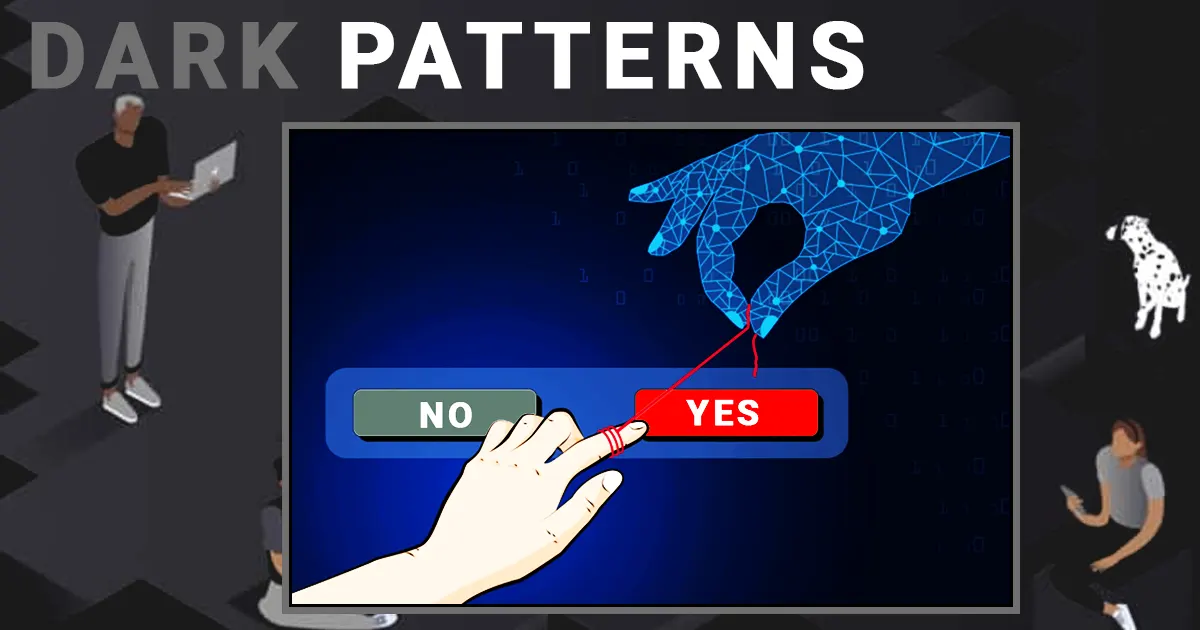GS 3 – Science and technology

Dark Patterns are design tricks used by websites and apps to manipulate users into doing things they didn’t intend, often for the company’s benefit. These designs take advantage of human psychology to get users to make choices that are not in their best interest.
Common Types of Dark Patterns:
Bait and Switch:
-
- Users are led to believe they’re making one choice, but it results in something else. For example, clicking to cancel a service but instead being signed up for something new.
Hidden Costs:
-
- Extra charges appear at the end of a purchase or sign-up process, after the user has already committed.
Forced Continuity:
-
- After a free trial or low-cost offer, users are automatically charged without clear warning or easy options to cancel.
Privacy Zuckering:
-
- Users are tricked into sharing more personal data than they intended by making privacy settings confusing or opting them into data sharing by default.
Roach Motel:
-
- It’s easy to sign up for a service, but very hard to cancel it.
Trick Questions:
-
- Users are asked misleading questions that lead them to agree to things they didn’t want, like receiving marketing emails.
Disguised Ads:
-
- Ads look like content or buttons, tricking users into clicking them.
Confirmshaming:
-
- Guilt-tripping users into agreeing to something, like showing a message saying, “Are you sure you want to leave? We’ll miss you.”
Misdirection:
-
- Drawing attention to one thing while hiding the real choice, like highlighting the “Subscribe” button and making the “No thanks” option hard to find.
Ethical Issues:
Dark patterns are unethical because they deceive users, taking away their ability to make informed decisions.
Consequences:
- User Trust: Dark patterns can make users lose trust in the service.
- Legal Risks: In some places, laws like the GDPR and CCPA are trying to stop deceptive practices.
- Long-term Effects: Over time, users may become wary of online platforms and avoid them.
How to Combat Dark Patterns:
- Be Transparent: Make sure users understand what they’re agreeing to.
- Get Clear Consent: Allow users to choose clearly and easily.
- Regulate: Laws can help protect users from manipulation.




